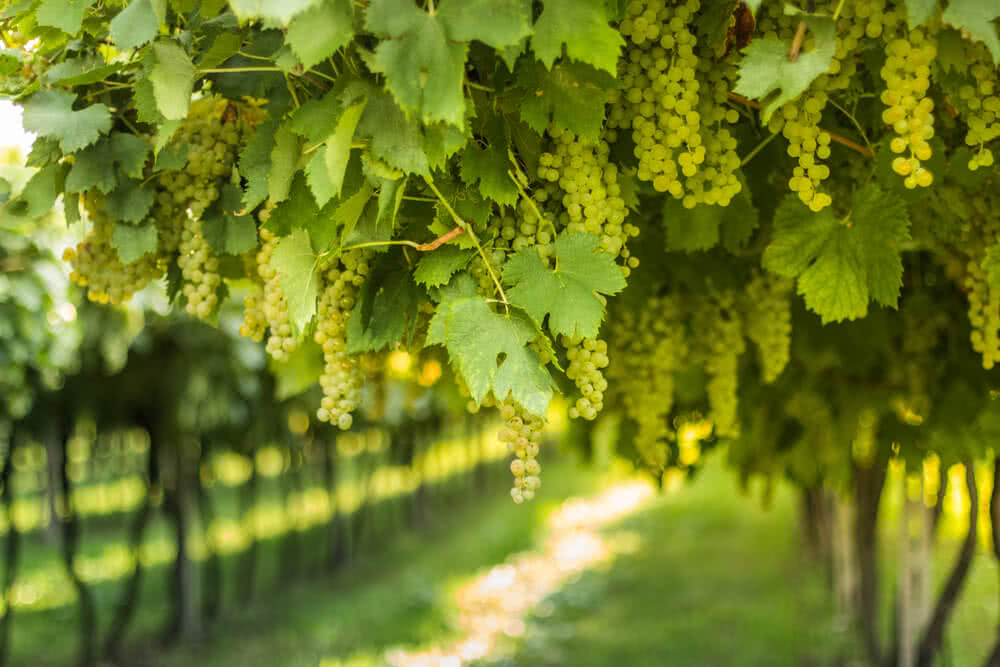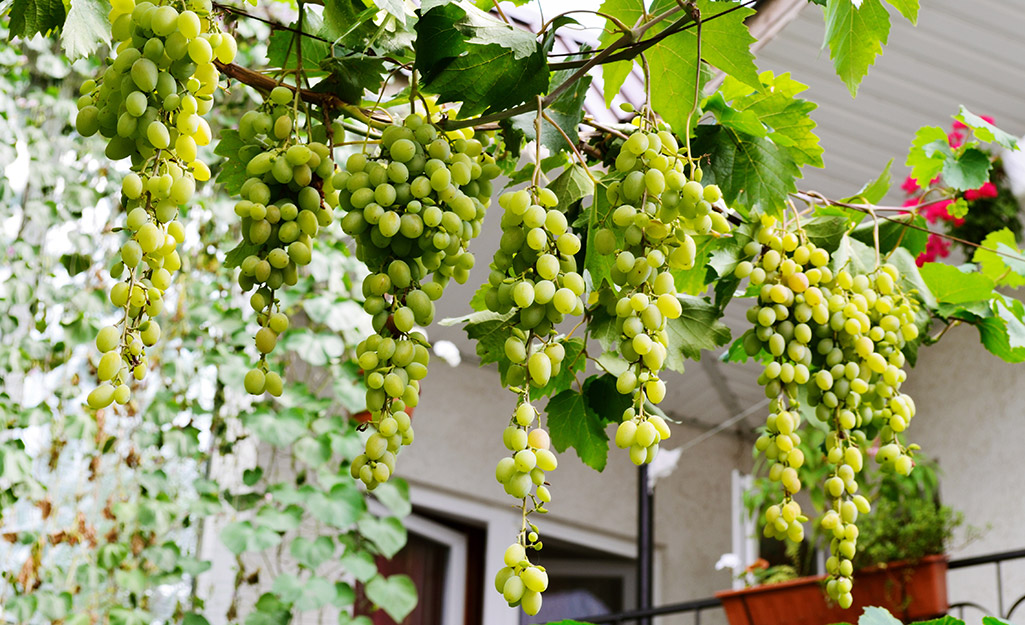Growing grapes is not hard. It’s all about time and patience. You might be thinking, How long does it take to grow grapes? Well, let’s break it down in a simple way. First, you need to know that grapes don’t grow overnight. It’s a process that takes some time.
To start, you plant a small grapevine, like a baby plant. This vine needs a lot of sunlight and water. It grows slowly, just like how people grow taller over the years. After a year or two, the vine starts producing tiny grapes. So, growing grapes takes a few years. But it’s worth the wait because you’ll get to enjoy tasty grapes in the end.
That’s how easy it is to understand the time it takes to grow grapes.
Planting Grapes

1. Early Spring Planting
Planting grapes in early spring sets the stage for a successful vineyard. During this time, the soil begins to warm up, providing the best environment for the young vines. This is important as it allows the roots to establish themselves before the heat of summer sets in. You can get help about grapes from this from grape vine trellis ideas.
2. Constructing a Trellis
The trellis serves as a backbone for the grapevines, offering essential support for their vertical growth. Constructing it before planting is key. This structure can be made from various materials like wood, metal, or even PVC pipes. It also aids in proper air circulation, reducing the risk of diseases.
4. Self-Fertile Varieties
When selecting grape varieties, it’s important to consider whether they are self-fertile. These varieties have both male and female reproductive organs, allowing them to pollinate themselves. This means that even if you have only one vine, it has the potential to produce fruit. Use gardening gloves to protect your hands while tending to your grape vines.
5. Pre-Planting Root Soaking
Before placing the young grapevine in its planting hole, it’s advisable to soak its roots in water for a few hours. This hydrates the roots and helps them transition smoothly from the nursery to the vineyard. Well-hydrated roots are more adaptable and can quickly establish themselves in the new soil.
Grape Plant Care

1. Early Years – Focus on Root Strength
During the initial years, it’s crucial to prioritize root strength over fruit production. This means suppressing the urge to allow the vine to bear fruit too soon. Instead, redirect its energy towards root development. Strong roots form the foundation for healthy and productive grapevines in the long run.
2. Pruning in March or April
Pruning is a main aspect of grape plant care. In early spring, around March or April, it’s time to take out the pruning shears. This process involves removing dead or diseased wood, as well as excess growth. Proper pruning encourages better air circulation and sunlight penetration, reducing the risk of diseases.
3. Pruning the Second Year
In the second year, continue the pruning process. This time, focus on shaping the vine for optimal growth. Remove any unwanted shoots and select the strongest canes to train along the trellis.
Helpful Tips for Growing Grapes

1. Choosing Strong Grapevines
When starting your grape-growing process, choose well-established grapevines from a reputable nursery. These vines have already undergone some growth, shortening the time it takes for them to mature and produce fruit.
2. Good Soil for Growth
The soil you choose for your grapevines significantly impacts their overall health and productivity. Well-drained soil is essential to prevent waterlogging, which can harm the roots. You should have pruning shears, which are essential for trimming and maintaining healthy grape vines.
3. Giving Support to Vines
Providing adequate support to your grapevines is a critical factor in their success. Sturdy structures like mesh walls, chicken wire, or trellises are invaluable. These supports prevent the vines from sagging under the weight of foliage and fruit, allowing them to reach their full potential.
Harvesting and Storing Your Grapes

1. Harvesting
Knowing when to harvest your grapes is key to enjoying the best flavor and quality. Grapes do not continue to ripen once picked, so it’s essential to wait until they exhibit rich coloration, juiciness, and full flavor. Perform a taste test on a few grapes to ensure they meet your desired level of ripeness. Get a sunscreen net to protect grape leaves from sunburn during hot times.
2. Storage
If you find yourself with a bountiful grape harvest, proper storage is essential. Grapes can be stored for up to six weeks in a cellar. However, remember that they can absorb odors from other fruits and vegetables. To prevent this, store them separately in cardboard boxes or crates lined with clean, dry straw.
Starting with Grape Vines

Beginning on your grape-growing is an exciting process. Whether you dream of producing your wine or savoring fresh grapes from the vine, starting with well-chosen grapevines sets the stage for success. With the right care, attention, and knowledge, you can cultivate healthy, fruitful grapevines in your garden.
Conclusion
Now we know that growing grapes takes some time. First, you plant a grapevine, and then it starts to grow. After a few years, it begins to make grapes. This process usually takes about 2 to 4 years for the grapes to start showing up.
Then, every year, more grapes grow, and you can pick them when they’re ready. This usually happens in the summer or early fall. So, from planting the grapevine until you can enjoy grapes, it might take around 2 to 4 years.
So, growing grapes is a bit of a waiting game, but it’s worth it when you can taste those sweet, juicy grapes right from your vine.

